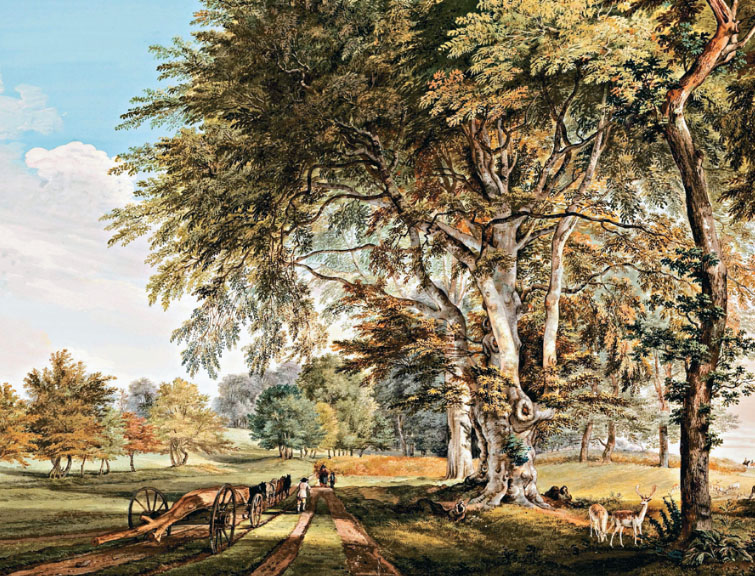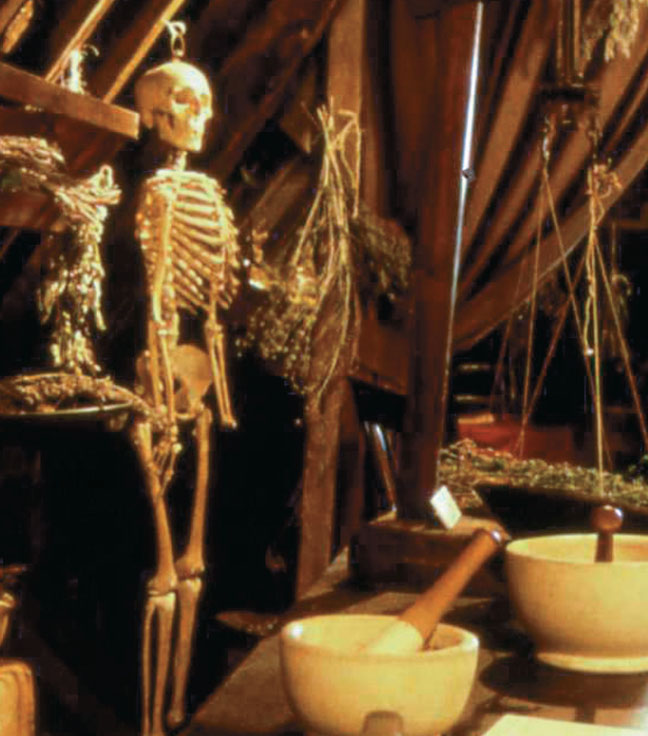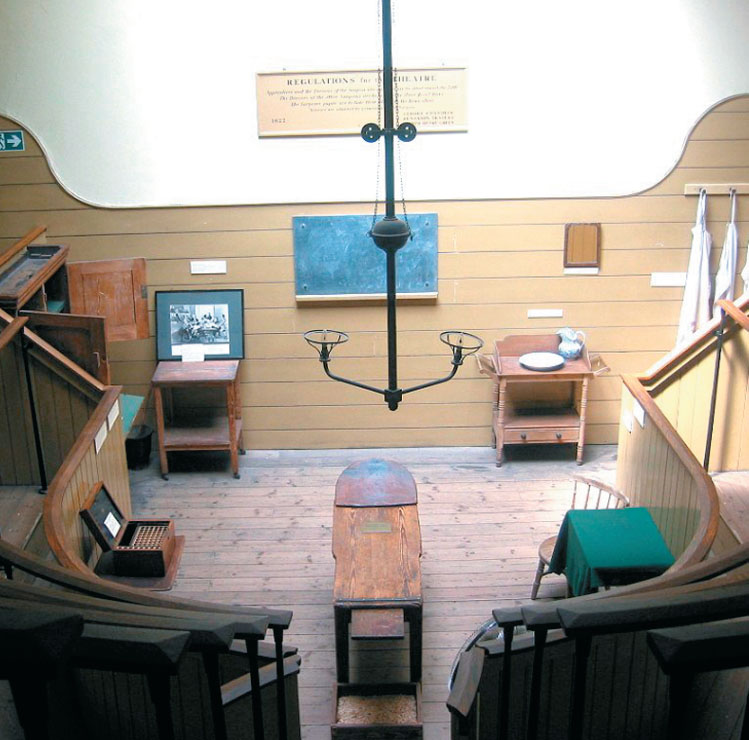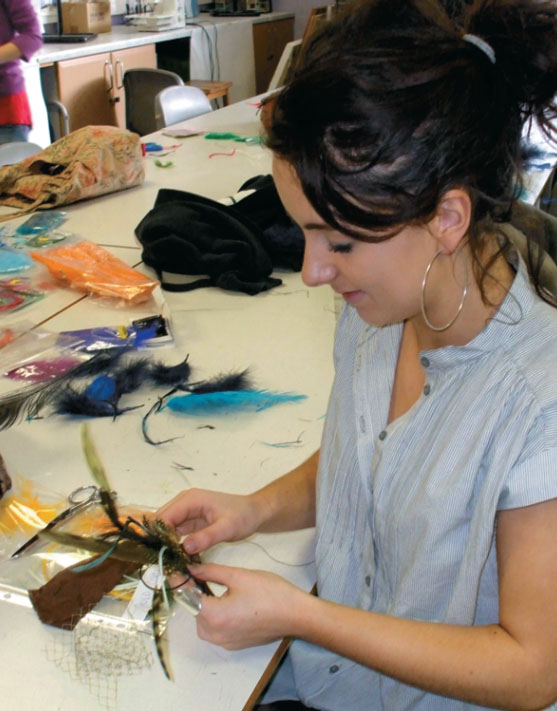
[caption id="ChocolateyGooBejewelledFripperiesandLostForests_img1" align="aligncenter" width="223"]

MY FIRST FORAY was scuppered by swine flu, the second by deep snow in the coldest winter for more than 30 years. I can be forgiven for being just the teensiest bit nervous as to what national crisis might occur on my third attempt to visit the Ebury Brasserie, Bar and Lounge deep in leafy Chelsea. Happily a Very Ebury Berry cocktail, (velvety, muddled dark berries warmed with crème de mure and something else a lot stronger) calmed me down enough to begin enjoying the experience as soon as I got inside. Even better, by the time Tony’s Old Fashioned (“slowly built to perfection,” it said on the menu) arrived, I was able to test that out, too.
Many people stop at the Ebury’s bar, and I can see why. It manages to be both contemporary and classic at the same time, modern and yet cozy, which, let’s face it, doesn’t happen that often. But to stay there would be to miss out on some very enjoyable midprice cuisine over at the tables. A mixture of locals, trendy youngsters and business people makes the place buzz; it’s worth booking in advance if you’re not going to be there just at opening.
[caption id="ChocolateyGooBejewelledFripperiesandLostForests_img2" align="aligncenter" width="755"]

COURTESY OF THE ROYAL ACADEMY OF ARTS
The chicken and liver foie gras parfait with brioche and grape chutney proved a smooth entry as Tony’s starter, though I was much happier with my scallops which someone had the inspired idea of combining with clementines. They were exquisite. I also enjoyed the smoked haddock and corn cakes, though Tony felt that his mussels could have had a tastier juice—it seemed to be mainly cream and was slightly disappointing.
We were told that the chocolate fondant would take an extra 15-20 minutes to prepare (something about letting gooey chocolate ooze from the inside). The weather was perishing outside, and we weren’t going anywhere, so we held out. It was worth the wait. The chocolatey goo combined perfectly with pistachio ice cream, though one was perfectly adequate for us both to share; it’s rich stuff.
[caption id="ChocolateyGooBejewelledFripperiesandLostForests_img3" align="aligncenter" width="638"]

SOMETIMES it takes a shock in one discipline to realize the bloomin’ obvious about another. For some reason I had always assumed that those classic 18th-century country parks by folk like Capability Brown and Humphrey Repton were created as a kind of legacy for an estate owner’s descendents and heirs, with young saplings planted in now-familiarly “British” groupings across vast amounts of open parkland to mature over a lifetime—or perhaps several. It was only while wandering around the superb new retrospective exhibition at the Royal Academy of one of its founding members, Paul Sandby RA, that the horrible truth dawned on me. “Emparkment” was actually the first example of “instant gratification gardening” and wouldn’t have been out of place on daytime TV today.
Brown, Repton and others set out with vast amounts of ancient woodland and just cut down all the mature trees that were in the way of their designs. Sandby, a multi-discipline artist who worked on everything from Ordnance Survey mapmaking to satirical prints poking fun at his rival Hog-arth painted the great estates in all their 18th-century glory, but the inclusion in this exhibition of some of his rarer works, of magnificent but doomed arboreal specimens before they went to the chop, gives the newly-built mansions and their attendant parks a much edgier feel. While many will gravitate towards Sandby’s extensive Scottish work, I love his delightful watercolors of everyday life in Britain and his London Cries series (and who could fail to love titles such as “Any Tripe Or Neat’s Feet” or “Turn Copper Into Silver Now Before Your Eyes”?). For me the most poignant, not to say educational, moment was in suddenly realizing the forest of England that was lost in that period.
TALKING OF SURGERY, albeit of the human rather than leafy variety, after years of prevarication I finally climbed my way up the painfully narrow spiral staircase at St. Thomas’s church at London Bridge, to a hidden Georgian operating theater in its roof. In fact, it was so well hidden that when St. Thomas’s Hospital was moved to make room for the railway the little surgery was abandoned and lay forgotten until 1956, which is, of course, what saved it. While all other preanaesthetic, preantiseptic emergency rooms have been swept away, The Old Operating Theatre and Herb Garret is now a fascinating, if grisly, museum. St. Thomas’s being a teaching school, the operating table (with its false floor filled with sawdust to catch the blood) is surrounded by a tiny, raked horseshoe auditorium, which would have been filled with medical students watching the best way to remove a gallstone or sever a limb in under a minute. Next door, still in the roof of this baroque English church, is the herb garret, where potions and medicines were prepared, displayed in exquisite detail. Everyone who emerges back into the Borough Market streets afterwards will join me in thanking God for Joseph Lister.
[caption id="ChocolateyGooBejewelledFripperiesandLostForests_img4" align="aligncenter" width="749"]

COURTESY OF THE OLD OPERATING THEATRE MUSEUM
IT WAS A SCRUM worthy of cup final at Twickenham on the only two days that the father and son team of Marc and Isambard Kingdom Brunel’s Thames Tunnel was opened to the public for the first time in 145 years—before being closed forever as part of the new East London Line extension. The tunnel, opened in 1843, was the first-ever tunnel under water, although they spent nearly 20 years building it. But the ramps for the intended cargo weren’t added, so it opened as the world’s first underground shopping mall and fairground instead. Within 15 weeks of opening, a million people had visited it, at a time when London had only two million inhabitants.
I confess I fought as hard as the next guy to get tickets for the guided tours, which sold out in a matter of hours, and I can’t remember being more excited about having to don sturdy clothes, boots and rubber gloves (against Weil’s Disease.) The long, parallel tunnels between Wapping on the north and Rotherhithe on the south are works of engineering beauty, with Doric-columned arches forming slim galleries, in which shop booths and fairground stalls would have once stood. Now a uniform London Transport gray plaster, these graceful arches would have once been in London Stock brick, and a tiny section has been revealed to show what it would have been like. Although the tunnel has now been closed to the public, it will be possible to see the arches if you stare out the tube window at the right moment. I understand that London Transport may create special trains where, for a few moments, the lights in the carriages will be dimmed, and the train slowed so that passengers will be able to view the Brunels’ handiwork.
MAYBE IT’S that back-to-basics thing that always comes with recession, but I’m not convinced that the massive craft revival that’s hit London is just about making do and mending. Suddenly a whole new generation of artists is not just rediscovering but reinventing old techniques, bringing them into the 21st century with a freshness that banishes crocheted blanket squares, knitted loo-roll covers and dusty corn dollies to the attic forever.
Suddenly craft is art, and a highly enjoyable byproduct has been the number of workshops and classes available across town. Some need to be booked ahead; others are turn-up-and-go. Katherine Elizabeth is an award-winning modern milliner whose designs are hot in London just now. Mike, the partner of a pal of mine, Sue, arranged a private millinery workshop there as a Christmas present, and she invited a couple of us to join her for a day’s worth of mad-hattery. Sue, Jess and myself spent several happy hours in the shadow of St. John’s Gate in Clerkenwell learning basic skills such as blocking, shaping and wiring, to create our own ruched, ruffled and bejewelled fripperies. We arrived with different levels of skill and confidence, but the atmosphere, both relaxed and attentive (and with only three in the class that’s very attentive) meant that each of us went home with what I can only describe as a “confection.” Now all I need is to find an occasion.
[caption id="ChocolateyGooBejewelledFripperiesandLostForests_img5 " align="aligncenter" width="557"]

COURTESY OF KATHERINE ELIZABETH
Next issue, I’ll be attempting to find such an event, trying out a new Thai dining experience and raising an eyebrow at some rather saucy secret nymphs.
THIS MONTH’S CONTACTS
The Ebury Brasserie, Bar and Lounge
www.theebury.co.uk
Old Operating Theatre and Herb Garret Museum
www.thegarret.org.uk
Katherine Elizabeth hat-making work-shops—
www.katherineelizabethhats.com
Paul Sandby RA, Picturing Britain
is at the Royal Academy until June 13, 2010— www.royalacademy.org.uk





Comments